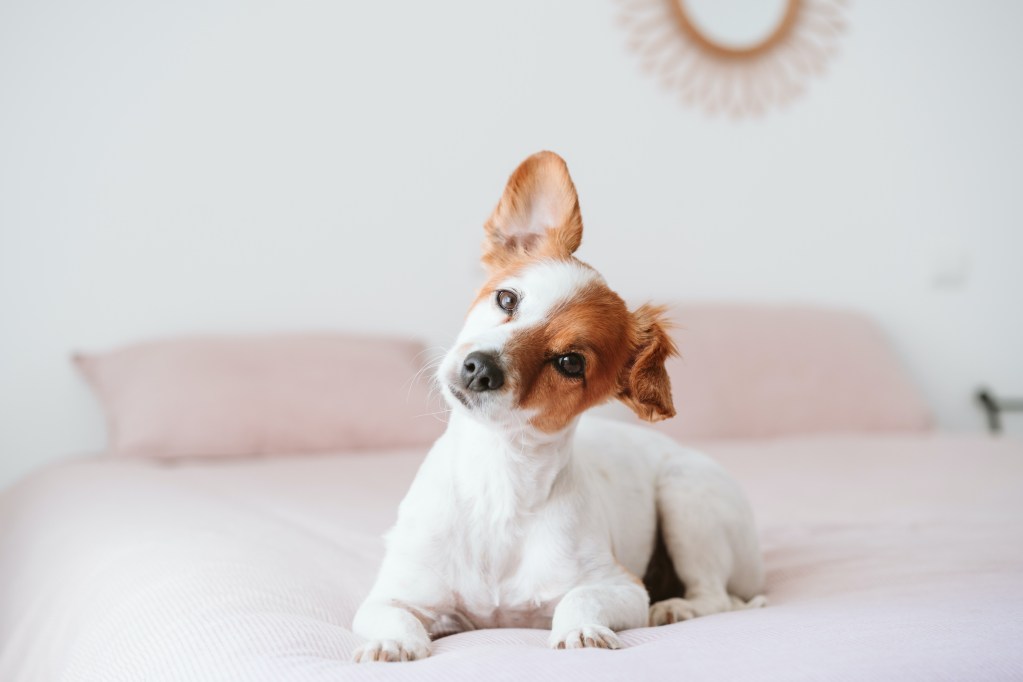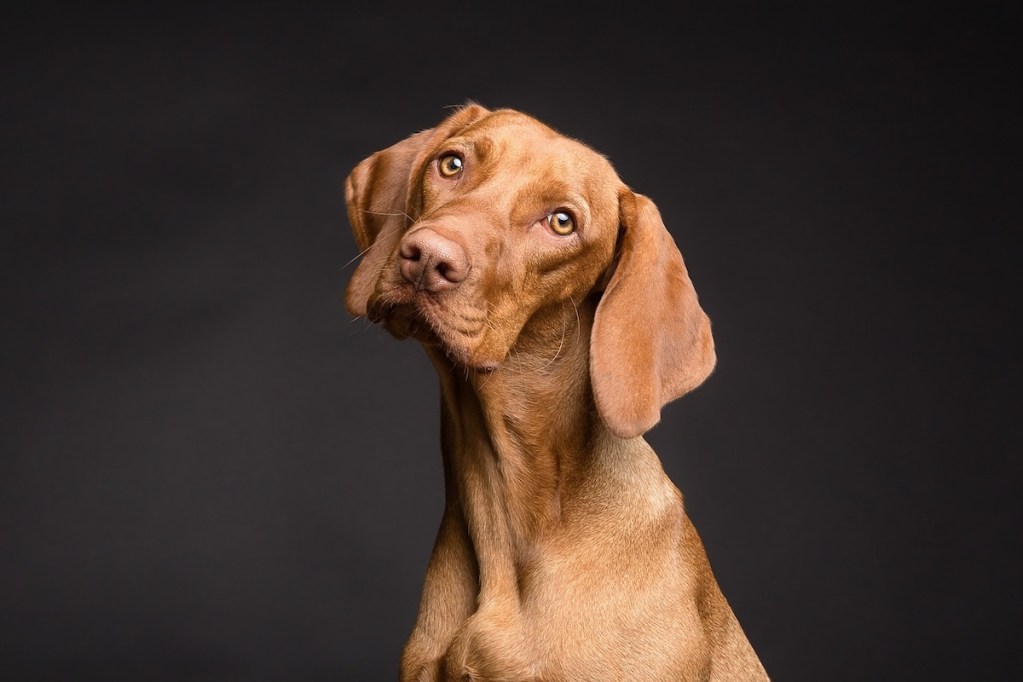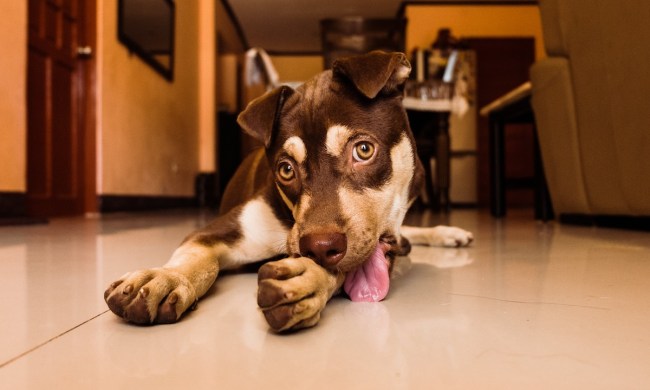
Animals communicate with us in numerous ways by vocalizing, posturing, and moving, to name just a few. When it comes to our dogs, most owners understand what it means when they wag their tails in joy or bark at the delivery person (we’re not sure if this is joyful as well). However, fewer pet parents have a clear idea of what different ear positions, like dogs’ ears back, are trying to say to us humans and what to look out for.
Learning to decode your pup’s feelings from their ears can help you understand your furry friend and give you a good sense of their needs. This is what it can mean when your dog’s ears are back.
Why do dogs pull their ears back?

It might make you nervous to see your dog pull their ears back, and sometimes this indicates that something has spooked or upset them. But there are a number of different interpretations for this behavior. In time, you’ll learn what they mean and more importantly, what they mean for your specific pet. These are the things your pup pup might be feeling when they pull their ears back.
Sad
When you turn to leave your precious bud behind, you may spy them shifting their ears back in sadness. Don’t stress on this too much though. We hate to say it, but the second you close the door behind you, they probably lay down for a solid nap. It’s good to know in this situation that nothing’s really wrong, even if your pet gets a temporary pang of loneliness.
Scared
If the pulled back ears accompany a tucked tail, you know fear or submissiveness enter into the equation. Pay particular attention to body language when you suspect that Fido is quivering in terror over a perceived attack (which as often as not turns out to come from the vacuum cleaner or an impending storm).
Anxious
Your buddy might squeeze their ears back every time they have to take a trip to the vet, for example. Anxiety often also comes with excessive licking, panting, or even shaking in some breeds. Nine times out of 10, you’ll know what causes this and when to expect it.
Comfortable
Luckily, ear pinning doesn’t always indicate a bad thing. It frequently tells you the complete opposite: that your pooch feels perfectly safe and at home. Sometimes, this helps one dog tell another that they will submit and allow the other animal to lead the interaction. No worries here if your dog exhibits deference — it just shows who’s the boss in the moment.
Aggressive
Sometimes, a dog with their ears back is a dog about to bite. That certainly doesn’t mean you’re the target, as it could be another pet, but you should remove them from the situation as carefully as possible. Pull your pup away if they’re on the leash or distract them with a command to divert attention from the object of their frustration.
Pain
Pinned ears occasionally mean that the body parts themselves hurt and so your furry friend has brought them back to alleviate that discomfort. Alternatively, many times your buddy might pin their ears while otherwise stressed from a physical ailment. If you can’t find any other cause, you may need to investigate whether they’ve sustained an injury and take them to the vet if you find something wrong.
Neutral
While our pets perk up their ears in excitement or to hear something better, they tend to default to a pulled-back vibe for everyday ear wear. Some breeds look like this all the time, making ear position something of a moot point in figuring out their feelings. However, in many instances, your pet will simply hold their ears in a way that feels safe, comfortable, and easy to them, meaning pinned back might actually be entirely neutral. When this turns out to be the case, give them a little scritch behind the ears.
Dog ears tell us lots of things about their moods and feelings. Since there are so many ear positions, it can become tricky to differentiate one from the other. For that, we suggest working with a trainer or online resource to get a better sense of what different ear positions mean. At the end of the day, however, every animal is unique, and you’ll have to study your specific puppers to get the full picture of their emotions and ear positions. Once you get to know your dog, you’ll become an expert on all their body language and can easily determine their underlying state from the ears.



